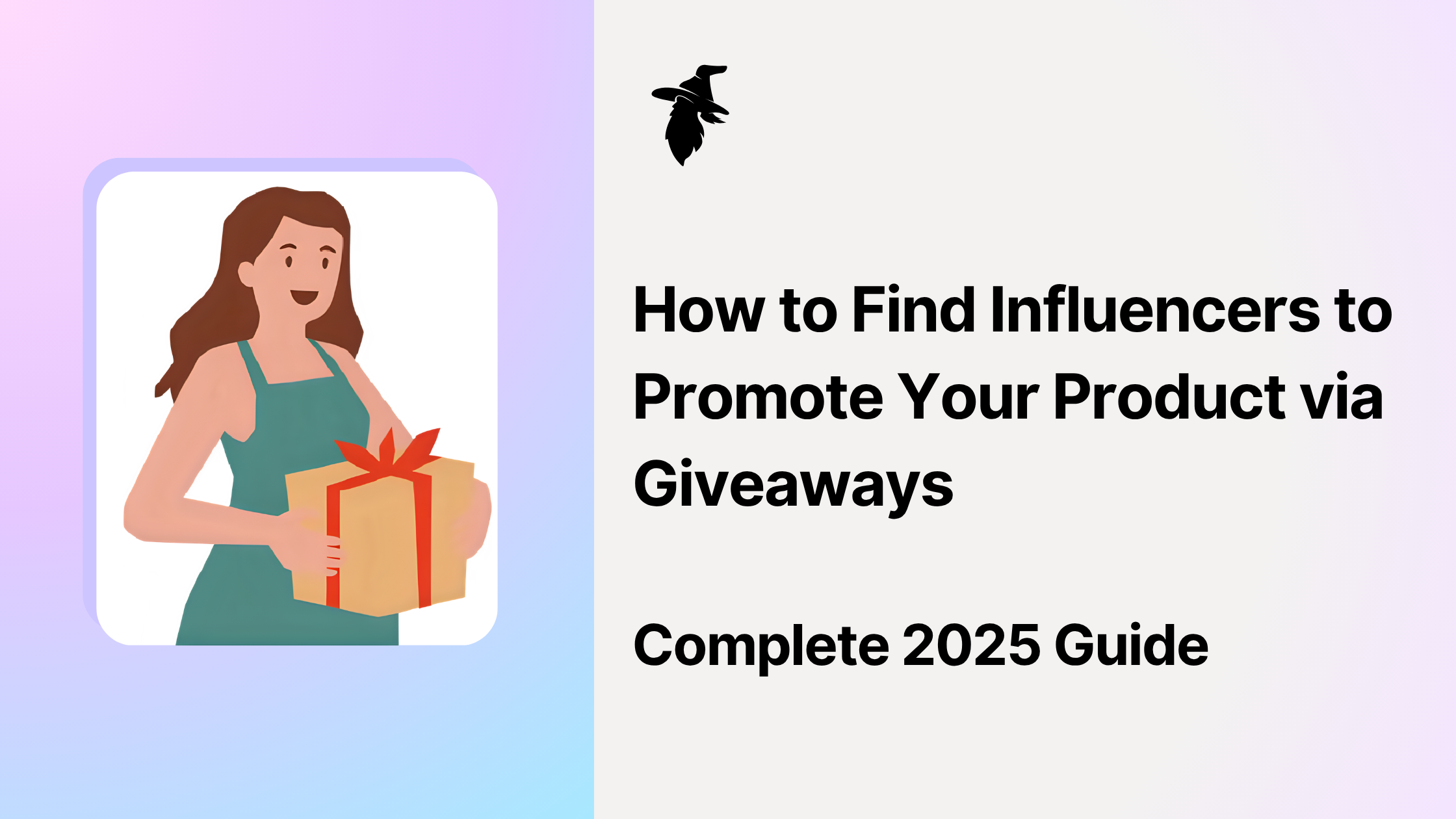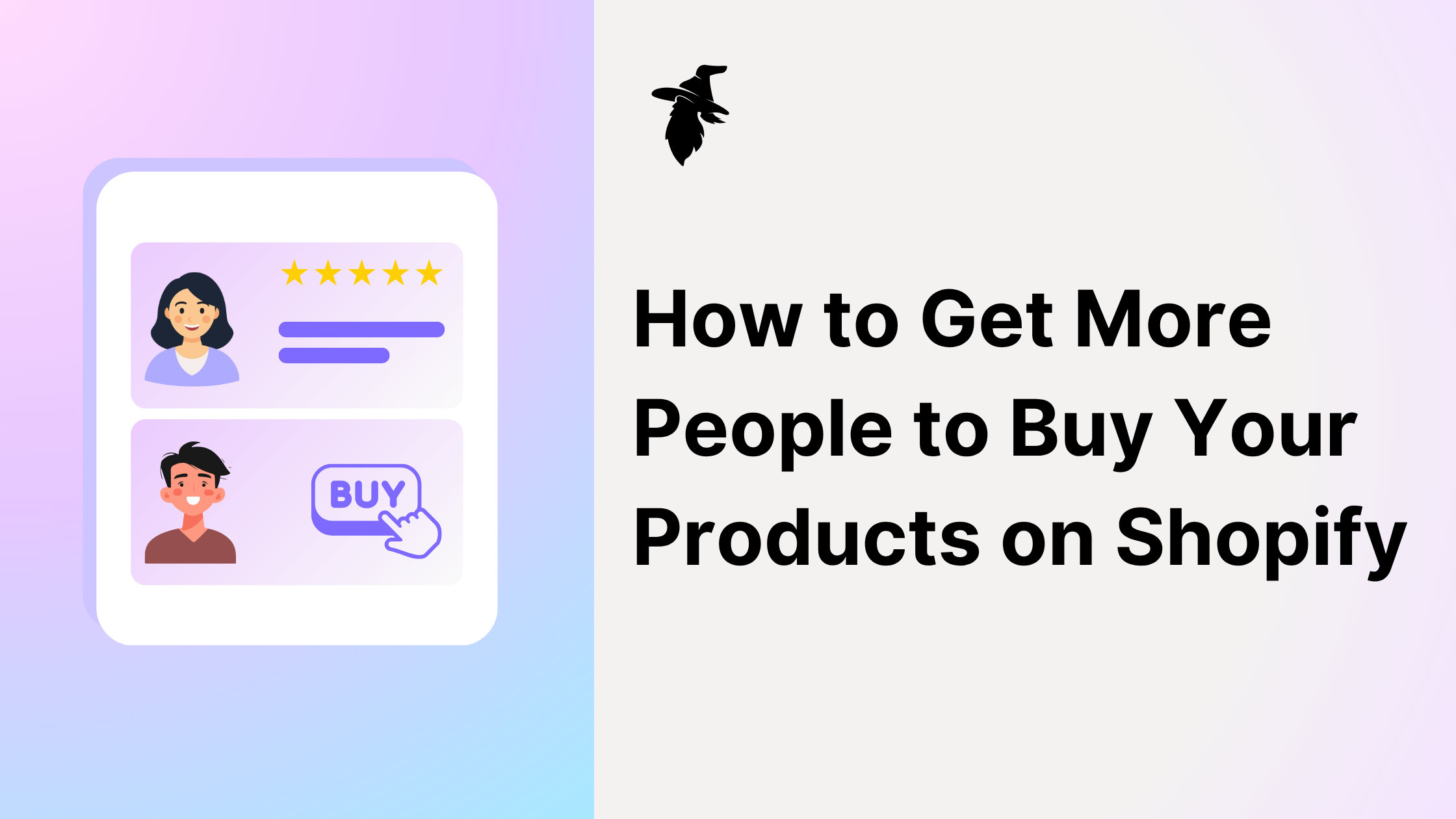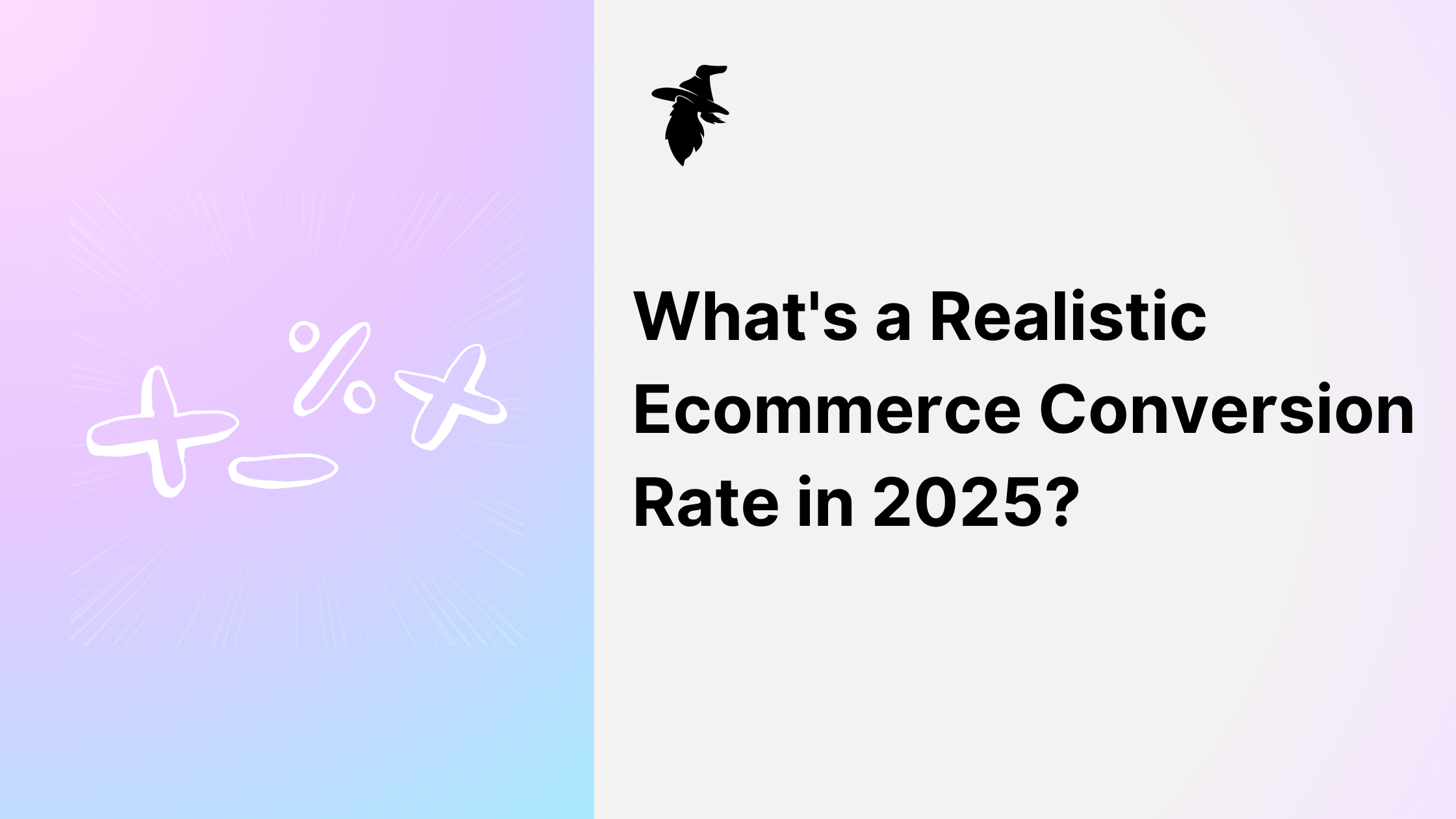Fashion brands face operational challenges that limit growth: manual product descriptions, inconsistent imagery, time-consuming customer service, and lack of customer insights. While competitors struggle with these daily tasks, smart fashion entrepreneurs use AI to automate operations and create better customer experiences.
This guide shows you exactly how to implement AI tools in your Shopify fashion store—including the exact prompts, step-by-step processes, and fashion-specific examples you need to get started today.
Getting Started with Shopify Magic
What You Need to Know
Shopify's AI tools are built directly into your admin dashboard at no extra cost. Look for purple stars throughout your interface—these indicate AI-powered features ready to help optimize your store operations.
These tools are provided by Shopify with some being integrated seamlessly with your existing Shopify store.
Where You'll Find AI Tools
AI capabilities appear across five key areas of your fashion store:
Product description generation
Image editing and optimization
Customer service automation
Email marketing personalization
Business analytics and reporting
AI Product Descriptions That Convert Fashion Shoppers
Your product descriptions create the first impression that determines whether browsers become buyers. AI-powered descriptions help fashion brands create compelling, SEO-optimized content that speaks directly to your target customers.
How to Generate Product Descriptions
Follow this step-by-step process to create descriptions that convert:
Navigate to Products → Select your product
Click the "Generate product description" option
In the "Features and keywords" field, enter your product's key attributes (e.g., "organic cotton, relaxed fit, vintage-inspired")
Add special instructions in the optional field for brand-specific customization
Select your tone from the dropdown:
Expert: Professional, authoritative voice
Daring: Bold, confident messaging
Playful: Fun, casual approach
Sophisticated: Elegant, refined language
Persuasive: Conversion-focused copy
Supportive: Helpful, reassuring tone
Custom tone: Define your own style (e.g., "optimistic," "minimalist")
Click Generate
The AI analyzes your inputs to create descriptions that highlight key features while maintaining consistency across your catalog.
Optimizing Your Descriptions
Use the special instructions field to customize AI output for your specific fashion niche:
For vintage-style fashion:
Add bullet points at the end. Include emojis. Emphasize retro styling and quality materials.
For sustainable fashion:
Highlight eco-friendly materials and ethical production. Use sophisticated tone. Include care instructions.
For streetwear:
Use edgy, confident tone. Focus on style versatility and urban aesthetic. Keep it concise.
In the features and keywords field, be specific about what makes your product unique. Instead of just "cotton t-shirt," use "premium organic cotton, oversized fit, vintage wash, unisex design."
Here is an example AI output for a plain black T-shirt, part of a collection named "Core" for a fictional luxury streetwear brand.

Creating Consistent Product Images with AI
The Image Consistency Challenge
Multiple vendor partnerships often result in inconsistent photo styles, mixed backgrounds, and varying lighting conditions. This inconsistency damages your professional appearance and reduces customer trust—critical factors for fashion brand success.
AI image editing solves this challenge by automatically standardizing your product imagery across all suppliers and product lines. This also means you don't need to worry about installing any photo editing software like Photoshop.
How to use the AI Image Editor
Select any product image in your catalog
Click "Color Background" (look for the purple indicator)
Choose your background option:
No background: Creates transparent PNG files
Plain white: Professional, clean appearance
Custom color: Match your brand colors
Replace background: Add professional settings
Advanced Image Options
Create compelling lifestyle shots by replacing backgrounds with custom scenes:
For lifestyle shots:
Professional studio with soft lighting and minimal props
For luxury fashion:
Elegant marble background with subtle texture
For casual wear:
Clean white studio with natural lighting
The more specific your description, the better AI can match your vision. This functionality helps fashion brands maintain visual consistency while creating engaging product presentations that build customer confidence.
Here is an example using the following prompt "4k empty car park with professional studio with soft lighting and minimal props".

Setting Up 24/7 Customer Service with AI
Fashion customers have specific questions about sizing, styling, fabric care, and returns. AI-powered customer service through Shopify Inbox handles these inquiries instantly while maintaining your brand voice and collecting valuable customer insights.
Installing Shopify Inbox
Install the Shopify Inbox app (free)
Find it under Sales Channels, not the Apps section
Access through your admin dashboard
Shopify treats Inbox as a sales channel because it directly contributes to conversions and customer retention.
Configuring Instant Answers
Shopify Inbox provides two ways to create automated responses for your customers:
AI-Generated Suggestions
In your Chat settings, you'll see an "Instant answers" section with suggestions based on your store. Look for the purple star icon next to "Suggestions" header. Clicking it reveals AI-generated content pulled answers to these questions pulled directly from your store policies and product information.
Custom Instant Answers
You can also create your own instant answers by clicking "Create instant answer." This opens a form where you can:
Write custom questions (e.g., "Do you offer promotions?")
Craft personalized answers
Set visibility for when customers can access these responses
Instant Answer Examples
Here are some examples of instant answers we recommend adding which could be highly relevant to your fashion store.
Return and exchange policies
Sizing charts and fit guidance
Shipping timeframes and costs
Care instructions for different materials
Product availability and restocking dates
Student discounts and promotional offers
Customers see these instant answers as clickable options when they start a chat, allowing them to get immediate responses without waiting for manual support.
AI-Powered Email Marketing for Fashion Brands
Email marketing remains one of the highest-ROI channels for fashion brand customer retention. AI tools help you create personalized campaigns that nurture relationships and drive repeat purchases.
Installing Shopify Email
Install the free Shopify Email app (may be pre-installed). This native integration ensures your email campaigns sync seamlessly with customer data and purchase history.
Generating Email Subject Lines
Create compelling subject lines that increase open rates:
Start a new email campaign
Follow through the steps, customizing and picking a template until you reach the email builder step
Click "Generate Text" for the subject line field
Describe your email purpose (welcome discount, new arrivals, seasonal sale)
Select "persuasive" tone for fashion marketing
Choose from multiple generated options
Example Prompts and what answers to expect
Example for a streetwear brand like Represent: If you're launching a new hoodie collection, you might describe the email as: "New premium hoodie drop with limited edition designs." The AI could generate subject lines like:
"Your next favorite hoodie just dropped 🔥"
"Limited edition hoodies - only 48 hours left"
"The hoodie collection everyone's talking about"
Example for a professional brand like Next: For an office wear sale, you might describe: "End of season sale on professional workwear and office essentials." The AI could generate:
"Upgrade your work wardrobe from £19"
"Professional essentials - up to 50% off this week"
"The office wear sale you've been waiting for"
AI analyzes successful email patterns and your brand voice to suggest subject lines that resonate with fashion shoppers.
Creating Email Content
Instead of writing emails from scratch, use AI to refine and improve your existing content. Here's how a sustainable fashion brand might enhance their new collection announcement:
Original draft: "Hi! We just launched our new autumn collection. It's made from organic materials and comes in lots of colors. Check it out on our website."
AI improvement prompt:
Make this more engaging and emphasize our sustainability mission. Include CTA.
AI-enhanced result: "Discover our thoughtfully crafted autumn collection, where sustainable luxury meets timeless design. Each piece is made from certified organic materials, ensuring you look good while doing good for the planet. Explore rich earth tones and classic silhouettes that transition seamlessly from office to weekend. Shop the collection now and join our community of conscious fashion lovers."
Limitation: There is a limit of 75 characters for the "Special instruction" so your prompt will need to be short.
This same refinement approach works for any email content you need to improve—from welcome sequences to product announcements.
Advanced (Non-AI) Email Features
On top of quality AI-generated content, you can enhance your campaigns with built-in Shopify Email features like countdown timers for sales urgency and automated sending optimization based on when individual customers typically engage with emails. These additions help fashion brands create compelling, time-sensitive campaigns around seasonal trends and limited-edition releases.
Business Intelligence with Shopify Sidekick
Shopify Sidekick goes beyond answering questions—it performs actual tasks in your store backend while providing business intelligence that helps you understand customer behavior patterns and optimize for retention.
What Sidekick Can Do
This AI assistant creates customer segments, generates custom reports, and automates collection management based on natural language commands. You simply describe what you want, and Sidekick executes the task.
How to enable Shopify Sidekick
Go to your Shopify Admin dashboard
Click Analytics in the sidebar
On the top right corner of the page, click the icon of the masked character.
Sidekick will open on the right side of the page.
Customer Segmentation Examples
The reports Sidekick can generate are super flexible. Here are some examples of commands you can use to identify high-value retention opportunities:
Create a segment for customers who bought winter coats but haven't purchased accessories
Show me customers from Canada who made purchases over $200 in the last 60 days
List customers who bought dresses during summer sale but haven't returned since
These segments can help you create targeted marketing campaigns.
Below is an example of asking Sidekick for all my unfulfilled orders in March

Custom Collection Creation
Sidekick's flexibility shines in inventory management—you can describe exactly what you need in plain language, and it handles the technical setup automatically. Here are some examples:
Create a collection for products with less than 5 items in stock
Make a smart collection for all black dresses under $100
Create a collection for summer items that haven't sold in 30 days
Sidekick will also automatically generate collection rules, SEO titles, and descriptions while setting up the technical parameters you need.
Here is an example of Sidekick creating a collection for low stock products

The end result after clicking "Preview"

Custom Reporting
Sidekick transforms complex data analysis into simple conversations, giving you actionable insights without needing to understand analytics dashboards or export spreadsheets. Some example prompts are:
Filter customers by purchase behavior, location, and discount usage
Analyze repeat purchase rates by product category
Track customer lifetime value trends across different segments
Identify seasonal patterns in customer engagement
Implementation Strategy for Fashion Brands
Start with High-Impact Areas
Product Descriptions
Begin with your bestselling items and new arrivals. These products drive the most traffic and conversions, so optimized descriptions deliver immediate impact on your customer experience.
Image Consistency
Focus on hero products first. Remove inconsistent vendor backgrounds and create uniform white or transparent backgrounds that build professional credibility.
Build Customer Communication Systems
Customer Service Automation
Install Shopify Inbox and configure instant answers for fashion-specific questions. Test AI responses to ensure they match your brand voice and provide accurate information.
Email Marketing Foundation
Set up welcome series and abandoned cart recovery sequences using AI-generated content. These automated touchpoints nurture customer relationships without ongoing manual effort.
Advanced Analytics and Optimization
Business Intelligence Setup
Use Sidekick to create customer segments based on purchase behavior and generate reports on seasonal trends. Set up automated collections for inventory management and targeted marketing campaigns.
Measuring Your AI Implementation Success
Key Metrics to Track
Monitor these indicators to measure how AI tools improve customer retention:
Product page conversion rates (impact of better descriptions)
Email open and click rates (effectiveness of AI-generated content)
Customer service satisfaction scores (AI response quality)
Customer lifetime value improvements (overall retention impact)
Repeat purchase rates (long-term relationship building)
Optimization Tips
Test different description tones for various product categories
A/B test AI-generated email subject lines against manual versions
Monitor customer service AI accuracy and refine responses
Analyze customer segments to identify highest-value retention opportunities
The Next Step: Building Customer Loyalty
You now have the AI foundation to create exceptional customer experiences at scale. Your product descriptions attract the right customers, consistent imagery builds trust, automated customer service solves problems instantly, and business intelligence reveals customer behavior patterns.
But here's what successful fashion brands understand: AI optimizes the experience, but turning those positive interactions into repeat purchases requires structured rewards that give customers compelling reasons to return.
Ready to build on your AI foundation? See how our loyalty program for Shopify fashion brands turn one-time buyers into repeat customers.





